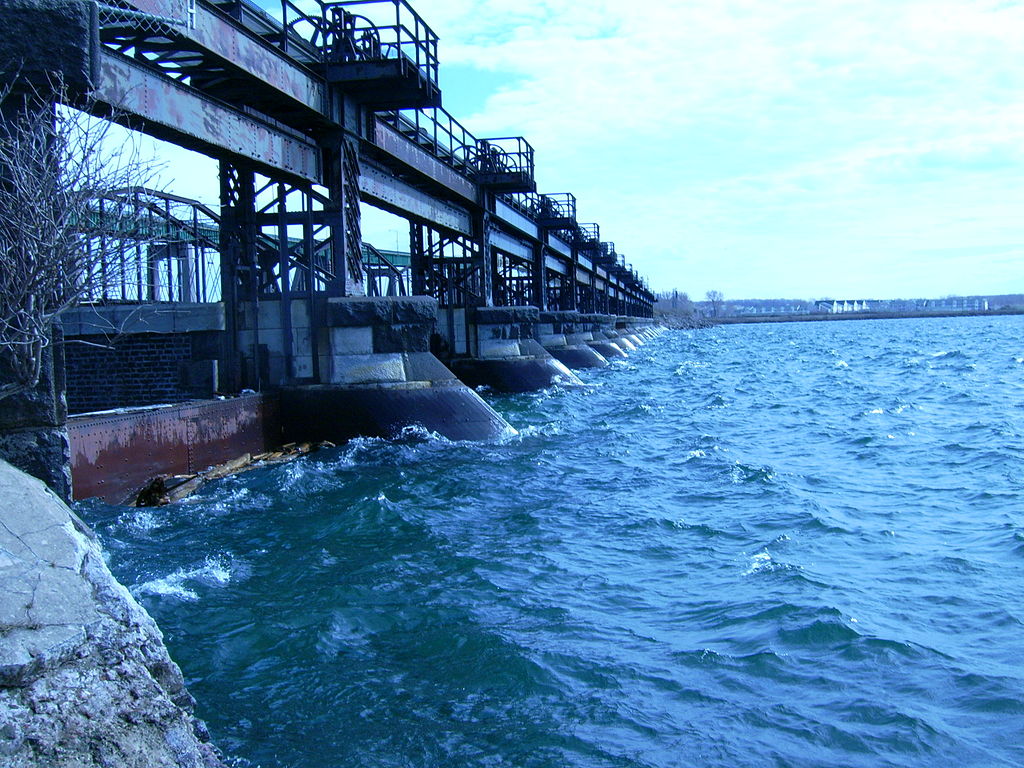Water is a ubiquitous substance that plays a crucial role in various biological and physical processes. Understanding the bonding of water molecules is essential for deciphering its unique properties.
In this article, we explore the intricate structure of water molecules and delve into the phenomenon of hydrogen bonding, which enables water to form interconnected networks.
Additionally, we discuss the polar nature of water and how it influences interactions between water molecules.
By examining these factors, we aim to provide insights into the mechanisms underlying water molecule bonding.
Key Takeaways
- Water molecules are bonded through covalent bonds, where electrons are shared between the hydrogen and oxygen atoms.
- The polar nature of water molecules, with a partial negative charge on the oxygen atom and partial positive charges on the hydrogen atoms, allows for the formation of hydrogen bonds between neighboring water molecules.
- Hydrogen bonding in water plays a crucial role in its properties, such as high boiling point, cohesion, surface tension, and solvent power.
- Temperature, pressure, and the presence of solutes can affect the strength and stability of the attractive forces between water particles, influencing properties like surface tension, cohesion, and adhesion.
The Structure of Water Molecules
The structure of water molecules is characterized by two hydrogen atoms bonded to one oxygen atom in a bent shape. This arrangement forms what is known as a covalent bond, where the electrons are shared between the atoms.
The oxygen atom has a higher electronegativity than the hydrogen atoms, resulting in a partial negative charge on the oxygen and partial positive charges on the hydrogen atoms. These charges give rise to an attractive force between neighboring water molecules, known as hydrogen bonding.
Hydrogen bonds are weaker than covalent bonds but are crucial for various properties of water, such as its high boiling point and surface tension. Additionally, water can also form ionic bonds with other substances that contain charged particles called ions.
Overall, understanding the structure and bonding of water molecules is essential for comprehending its unique properties and functions in serving others’ needs.
Hydrogen Bonding in Water
Hydrogen bonding occurs between the oxygen atom of one water molecule and the hydrogen atoms of neighboring water molecules. This unique bonding is responsible for many important properties of water molecules and plays a crucial role in biological systems.
Water molecule properties are influenced by its ability to form hydrogen bonds. These bonds are weak compared to covalent or ionic bonds, but they contribute significantly to the overall structure and behavior of water. The table below summarizes some key properties related to hydrogen bonding in water:
| Property | Description |
|---|---|
| High boiling point | Due to strong intermolecular forces from hydrogen bonding |
| Cohesion | Water molecules stick together due to hydrogen bonding |
| Surface tension | Resulting from cohesive forces at the surface |
| Solvent power | Ability to dissolve polar substances |
The role of hydrogen bonding in biological systems is vital. It facilitates proper protein folding, stabilizes DNA structure, and enables efficient transport of nutrients across cell membranes.
In addition to its unique ability for hydrogen bonding, water also possesses a polar nature, which will be discussed further in the subsequent section.
Polar Nature of Water
The polar nature of water is evident in its ability to interact with other polar molecules through electrostatic interactions. Water molecules are composed of two hydrogen atoms covalently bonded to an oxygen atom, resulting in a bent shape and an overall charge separation.
The oxygen atom has a partial negative charge, while the hydrogen atoms have partial positive charges. This polarity allows water molecules to form hydrogen bonds with each other and with other polar substances. These hydrogen bonds contribute to the high surface tension of water, which is the result of cohesive forces between adjacent water molecules at the air-water interface.
The cohesive forces arise from the attraction between the partially positive hydrogen atoms of one molecule and the partially negative oxygen atom of another molecule. This strong intermolecular bonding gives water unique properties that are essential for many biological processes and serve as a basis for various practical applications.
Interactions Between Water Molecules
Interactions between water molecules are facilitated by their polar nature and the resulting charge separation. This polarity gives rise to several important properties of water, including its surface tension, cohesion, and adhesion.
-
Surface tension of water: Water molecules at the surface experience stronger attractive forces with neighboring water molecules than with the air above. This creates a ‘skin’ or barrier on the surface, known as surface tension, which allows small objects to float on it.
-
Cohesion in water molecules: The positive end of one water molecule is attracted to the negative end of another, forming hydrogen bonds. These hydrogen bonds give rise to cohesion, where water molecules stick together and create a high degree of internal attraction within the liquid.
-
Adhesion in water molecules: Water also exhibits adhesion, where it forms hydrogen bonds with other substances. For example, when placed in a narrow tube like a capillary tube or plant xylem vessels, water adheres to the walls due to attractive forces between its polar molecules and those of the container material.
Understanding these interactions is crucial for serving others as it helps explain phenomena like capillary action in plants and how insects can walk on water due to its high surface tension.
Factors Affecting Water Bonding
Factors such as temperature, pressure, and the presence of solutes can affect the strength and stability of the attractive forces between water particles. These factors influence important properties of water, such as surface tension, cohesion, and adhesion. Surface tension is a measure of the cohesive forces between water molecules at the surface of a liquid. It is responsible for phenomena like capillary action and droplet formation. Cohesion refers to the attractive forces between water molecules themselves, leading to water’s ability to form drops and maintain its liquid state. Adhesion, on the other hand, describes the attraction between water molecules and other substances, allowing for processes like capillary rise in plants.
To further illustrate these concepts:
| Property | Definition | Example |
|---|---|---|
| Surface Tension | The force acting parallel to an interface that holds liquid surfaces together | Insects walking on water |
| Cohesion | The intermolecular attraction between like molecules | Formation of raindrops |
| Adhesion | The intermolecular attraction between unlike molecules | Water climbing up a tube |
Understanding these factors and their effects on water bonding is crucial not only in scientific research but also in practical applications where serving others relies on knowledge about how liquids behave under various conditions.
Frequently Asked Questions
Can Water Molecules Bond With Other Types of Molecules Besides Other Water Molecules?
Intermolecular bonding involves the chemical interactions between water molecules and other types of molecules. These interactions can occur through hydrogen bonding, which is a significant force that allows water molecules to bond with various substances.
How Does Temperature Affect the Bonding of Water Molecules?
The impact of temperature on the hydrogen bonding in water molecules is a topic of interest. Understanding the effect of heat on these bonds can provide insight into the behavior and properties of water at different temperatures.
Are There Any Other Factors, Besides Temperature, That Can Affect the Bonding of Water Molecules?
pH levels and solute concentration are two additional factors that can affect the bonding of water molecules. Changes in pH levels can alter the ionic properties of water, while higher solute concentrations can disrupt hydrogen bonding between water molecules.
Can Water Molecules Form Bonds With Other Molecules in the Absence of Hydrogen Bonding?
Water molecules can form bonds with other molecules through intermolecular forces other than hydrogen bonding. The polarity of water molecules plays a crucial role in determining the strength and nature of these interactions.
Are There Any Practical Applications of Understanding Water Molecule Bonding?
Understanding water molecule bonding has practical applications in various fields. It aids in assessing the environmental impact of chemical reactions involving water. This knowledge enables effective management and prevention of harmful consequences, benefiting society as a whole.
Conclusion
In conclusion, water molecules bond through hydrogen bonding, which is facilitated by the polar nature of water.
The structure of water allows for strong interactions between molecules, resulting in cohesive forces and unique properties such as high surface tension and capillary action.
Factors such as temperature and pressure can affect the bonding of water molecules, altering its physical properties.
Overall, understanding the intricacies of water bonding is crucial in various scientific disciplines and has significant implications in fields such as chemistry, biology, and environmental science.


